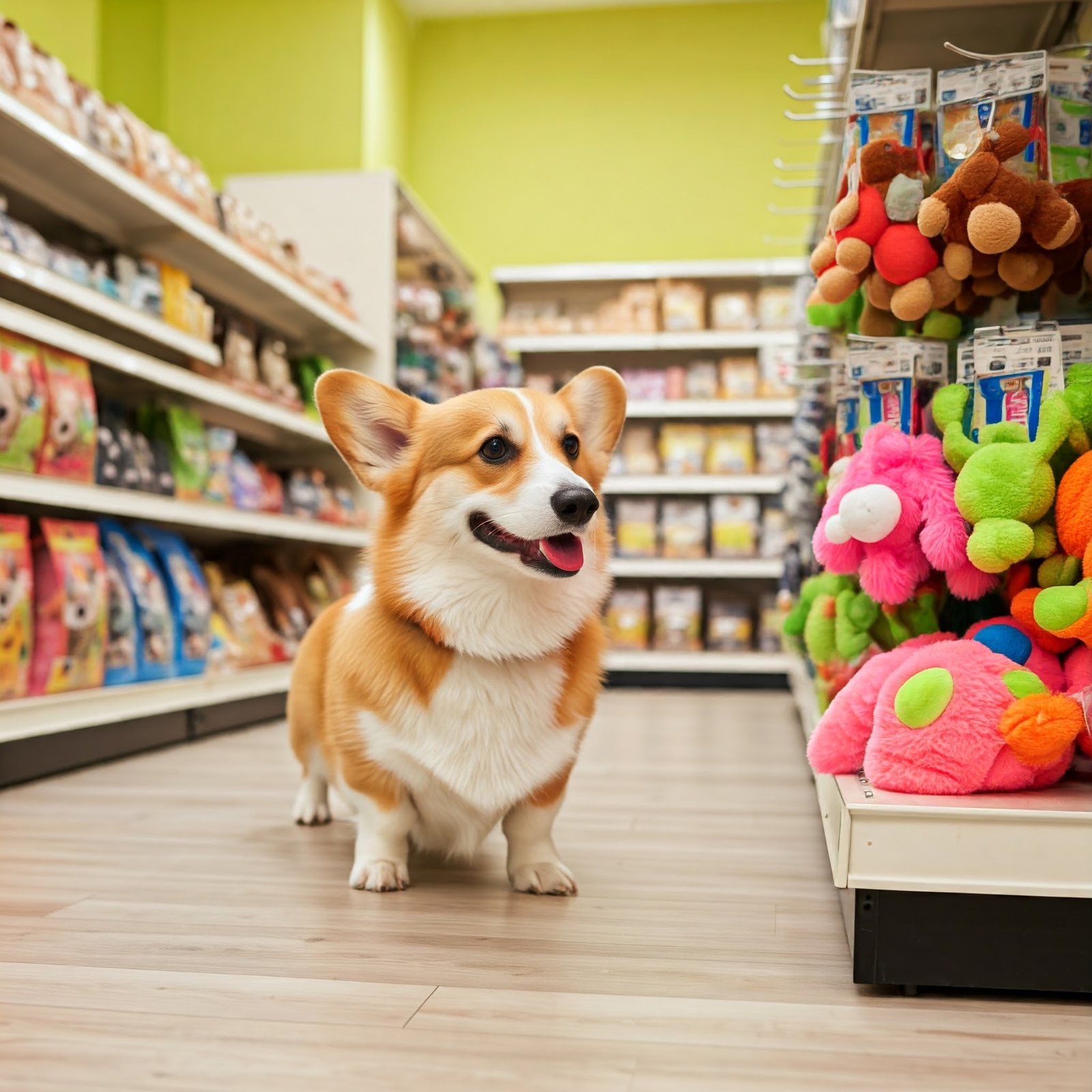A dog toy’s success is based upon several elements. Toys for your Pet should be safe, enjoyable, durable, and, most importantly, fun. On the other hand, many of those characteristics depend entirely on your dog’s size, amount of activity, and personal preferences. Another issue to consider is the setting where your dog spends his time. We can’t guarantee your dog’s enjoyment or safety with any particular toy, but we can give you the following recommendations.
How to Choose Safe Toys for your Pet dog
The things that dogs find most appealing are frequently the most hazardous. Some companies, for example, manufacture dog toys that require your dog to press a long lever to earn rewards. This toy should be avoided since it could harm your dog’s eyes. Regarding dog toys, sharp, pointy objects are never a good choice.
Check your home for string, ribbon, rubber bands, children’s toys, pantyhose, and anything else your dog could eat. Let’s have some fun now that we’ve taken care of the safety issue.
Could you make sure they are a perfect size?
All dog toys should be the right size for your dog today. Balls, for example, should be big enough to carry but not too big. Small balls and other toys can easily be ingested or trapped in your dog’s mouth or throat. Remove any ribbons, strings, eyeballs, or other pieces that could be chewed or consumed from toys that aren’t “dog-proof.”
Soft and squeaky dog toys are acceptable for gentler pet dogs.
Some dogs love to carry their soft toys with them. They would never pull them apart as they are very kind to them.
On the other hand, many dogs like roughhousing with their plush toys. Take note of any toy with a “squeaker” buried in the center of it if your dog likes to “tear apart” their toys. Squeaking objects should be “supervision only” toys because your dog may feel compelled to find and destroy the squeak source and may ingest it.
Several new stuffing-free dog toys have recently been released, quickly becoming popular favorites. Soft toys aren’t invincible, but some are more durable than others. Because soft toys are likely to get messy and slobbery with all that playtime, they should be machine washable.
Avoid Rawhide-type Dog Toys; they’re Dangerous!
Rawhides and rawhide-like toys are not recommended. When chewed, rawhide softens and can become lodged in a dog’s throat.
Dogs with a lot of energy enjoy active dog toys.
For high-energy dogs, substantial rubber dog toys are ideal. These come in various forms and sizes and are enjoyable to chew and carry around. Rope toys are always a big hit with dogs who enjoy fetching. Tennis balls make excellent dog toys, but keep a watch out for any that may be eaten through and toss them out if they are cracked.
Treat Toys, And Puzzle Toys Are Great For Smart Dogs.
Toys for pet dogs packed with broken-up Dog Goodies or, even better, a mixture of broken-up treats and peanut butter. A dog treat toy of the appropriate size can keep a puppy or dog occupied for hours. Your dog can only get the rewards if he chews diligently and only in small portions. This is highly gratifying! See your veterinarian if you’re unsure whether or not you should offer your dog peanut butter.
Puzzle dog toys are ideal for super-smart dogs and dogs who grow bored rapidly. Treats are concealed behind compartments in puzzle toys, and your dog must figure out how to retrieve them. These toys are available in several skill levels and move on to more robust skill levels once your Pet has mastered one. These can be fun to see as a dog owner!
Comfort Dog Toys Are Great For All Dogs.
Soft stuffed toys are helpful for various reasons but are not suitable for all dogs. The plush toy should be small enough for some dogs to carry around. If your dog wants to shake or “kill” the toy, make sure it’s the same size as the “prey” for that size dog (mouse-sized, rabbit-sized, or duck-sized). Make sure your dog’s play is closely supervised if he likes to attack his plush animal, and avoid soft toys with squeakers.
They rotate their collection to get the most out of it.
Make only four or five toys available at a time to rotate your pet dog’s toys every week. Keep a range of sorts close at hand. If your dog has a big favorite, such as a soft “baby,” you should probably leave it available all the time or face your dog’s wrath!
Provide toys with multiple functions, such as one to carry, one to “kill,” one to roll, and one to “baby.” Playing “Hide and Seek” with your dog may be a lot of fun, and those that are “found” are generally far more appealing than explicitly introduced toys. Making an interactive game out of collecting toys or goodies is a great “rainy-day” exercise for your dog, as it burns energy without requiring much space.
A lot of the toys your dog has should be interactive. Your dog requires active “people time,” so interactive play is essential for him. Your dog can release mental and physical energy in a limited amount of time and area by focusing on a specific goal, such as returning a ball repeatedly or playing “hide-and-seek” with treats or toys. This significantly decreases stress caused by confinement, isolation, and boredom.
Interactive play is also suitable for young, high-energy, and untrained dogs to socialize and learn about proper and inappropriate conduct with people and other animals, like jumping up or being mouthy.



